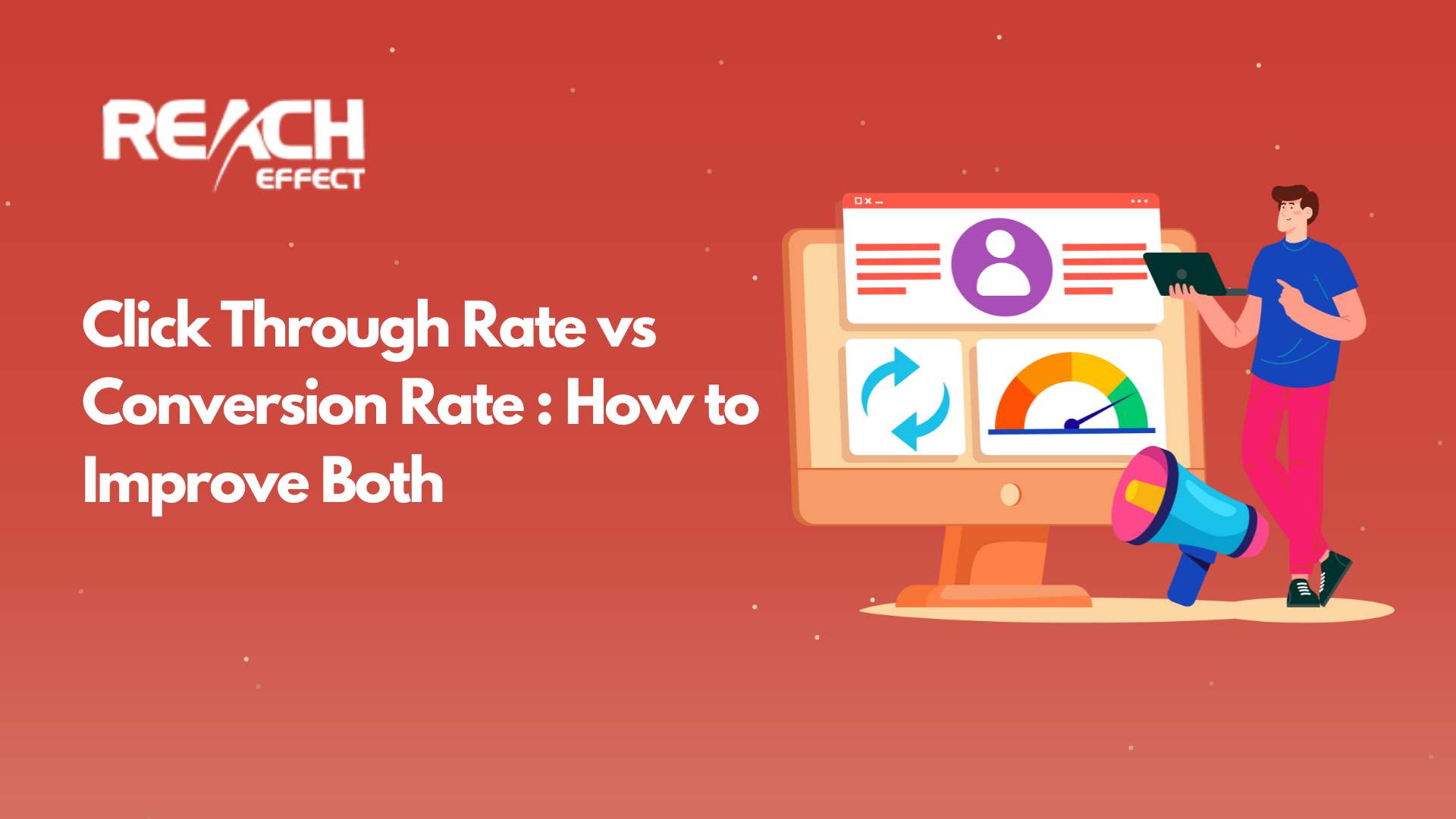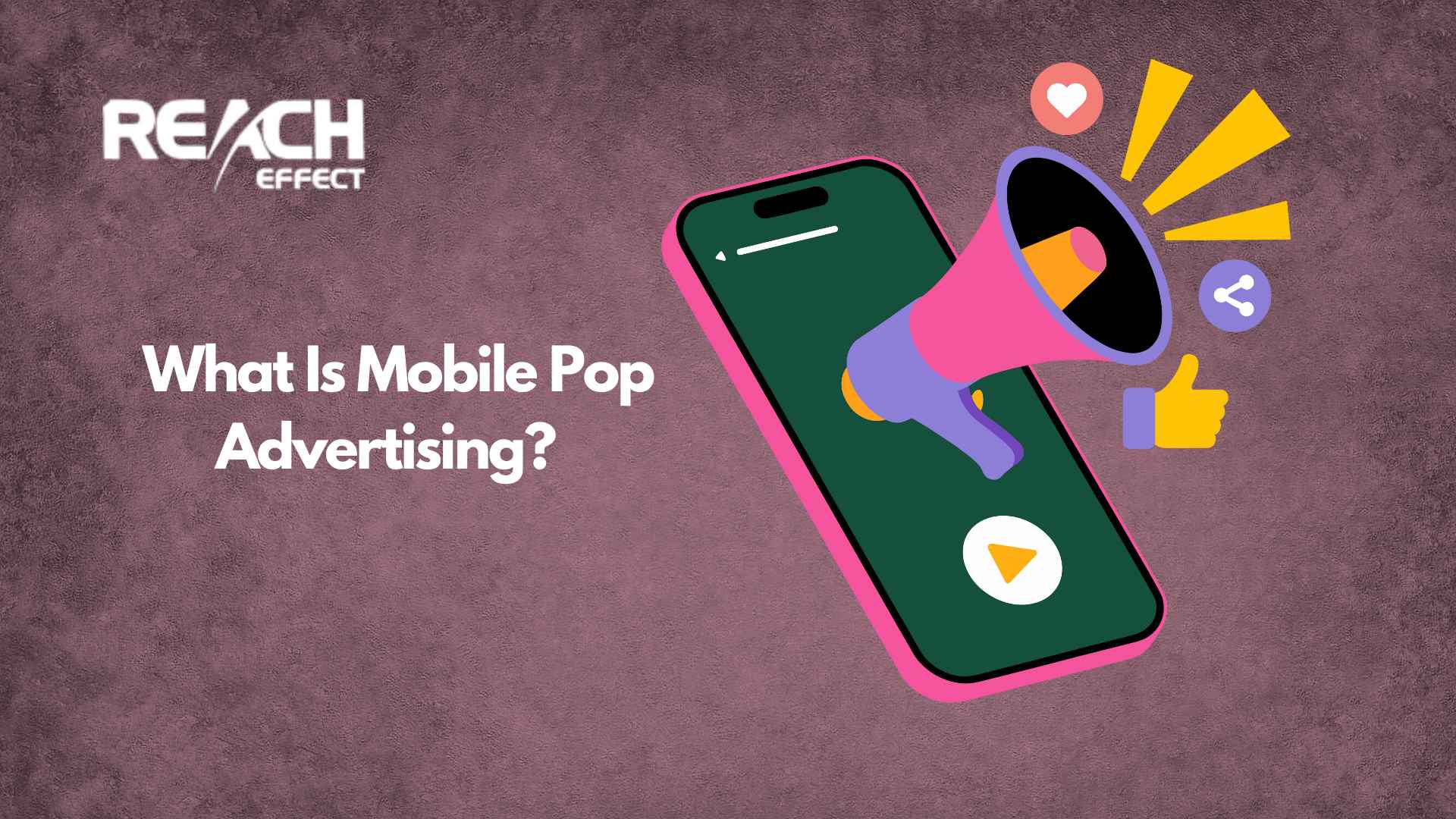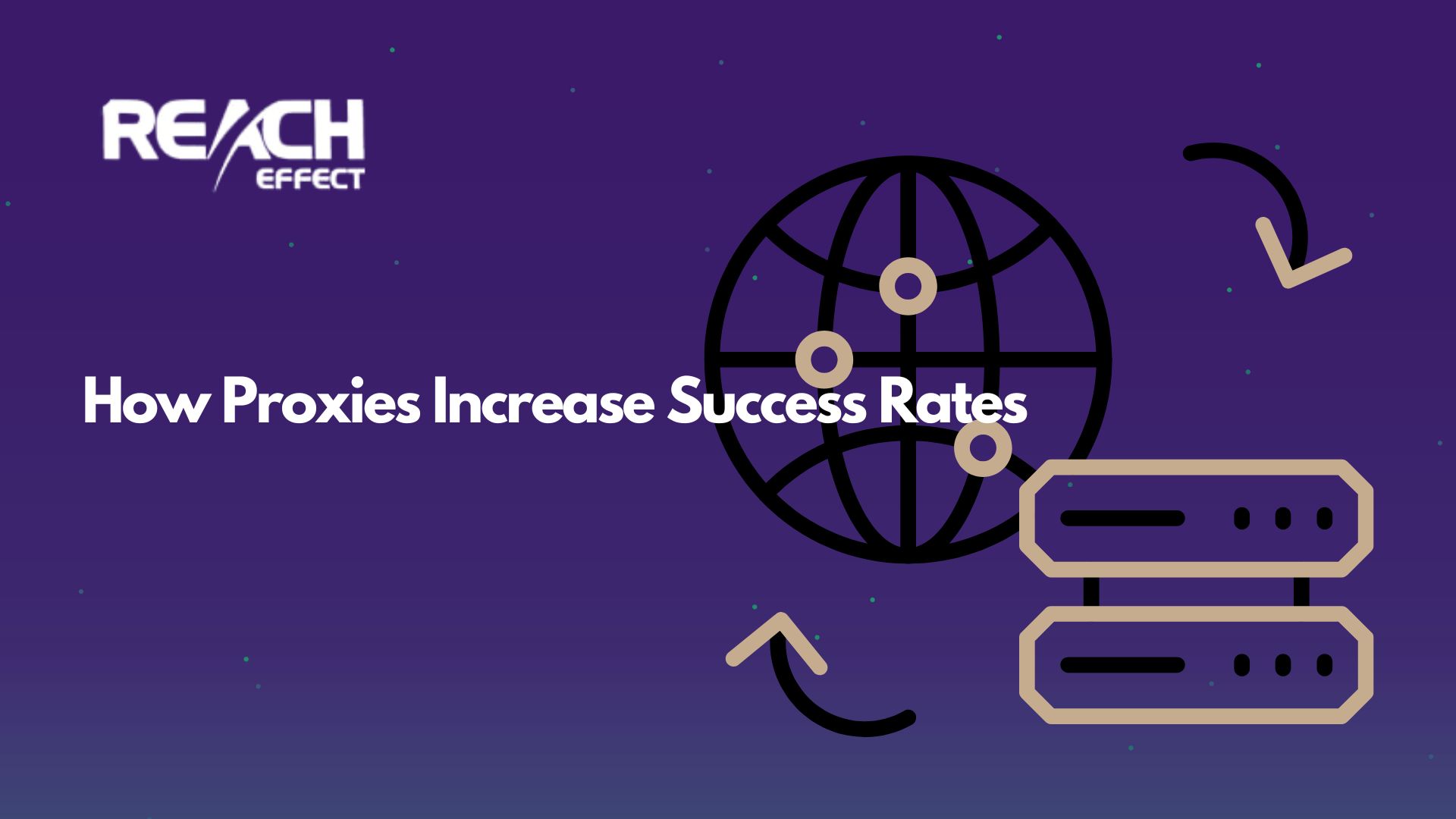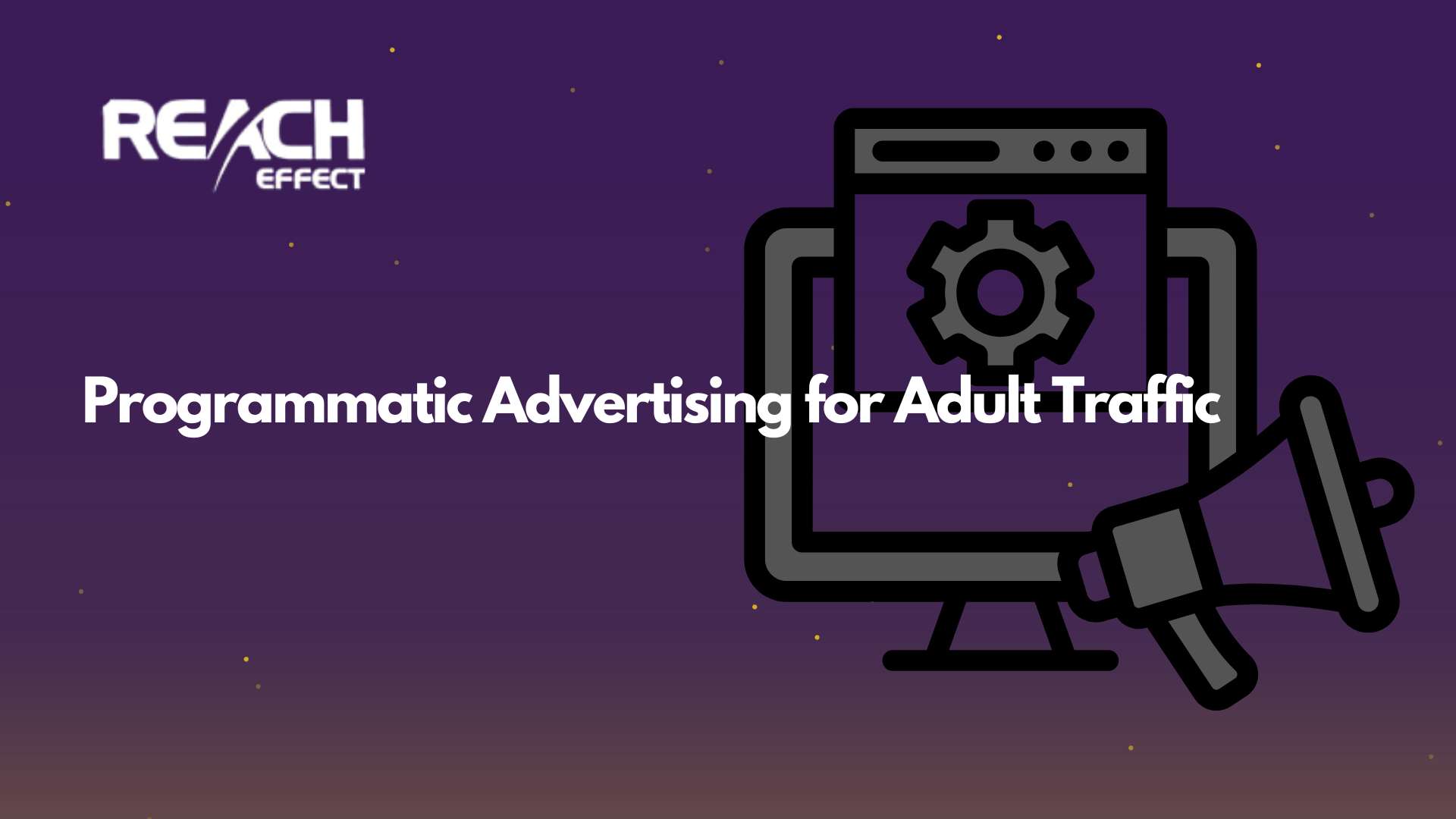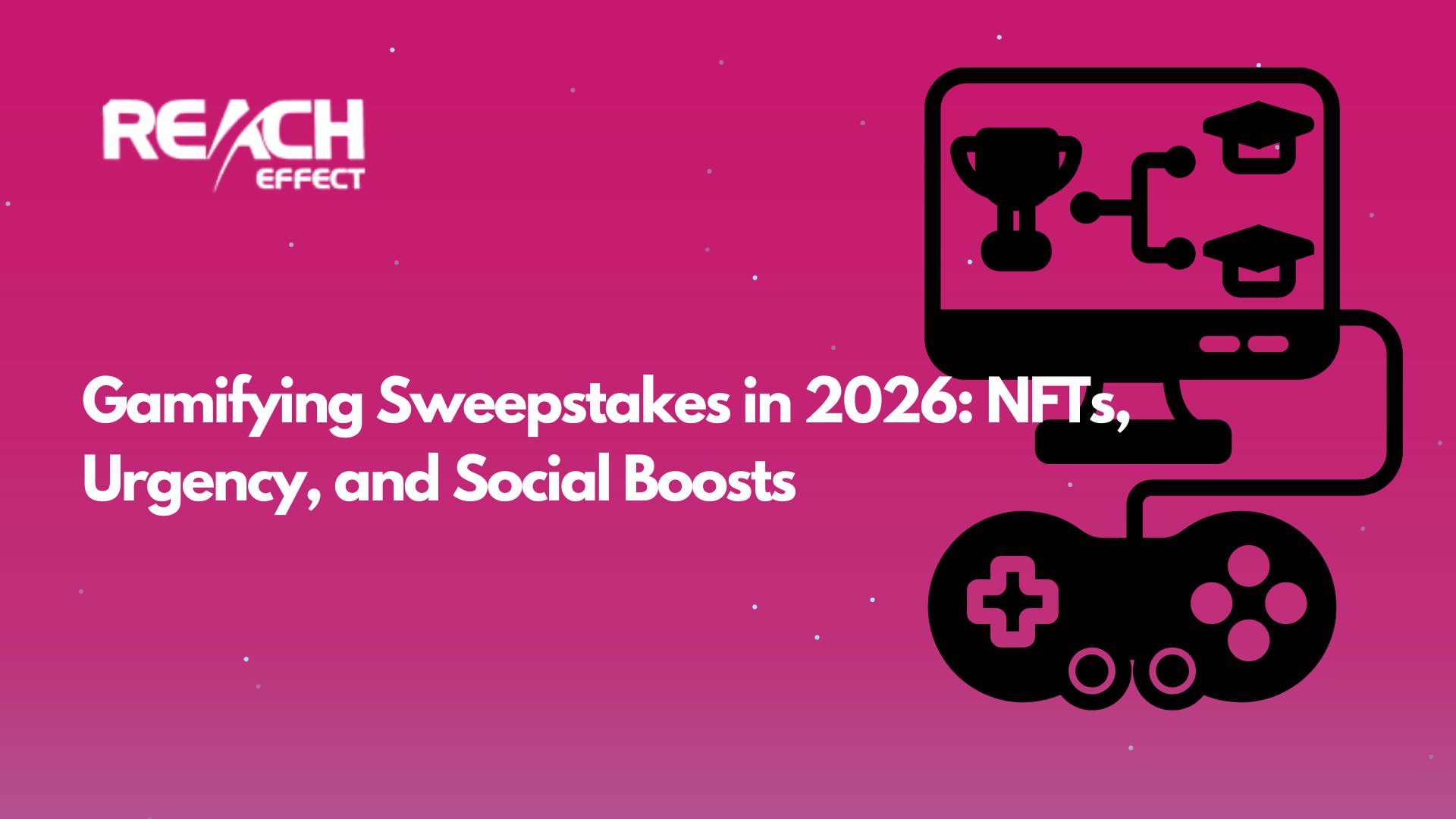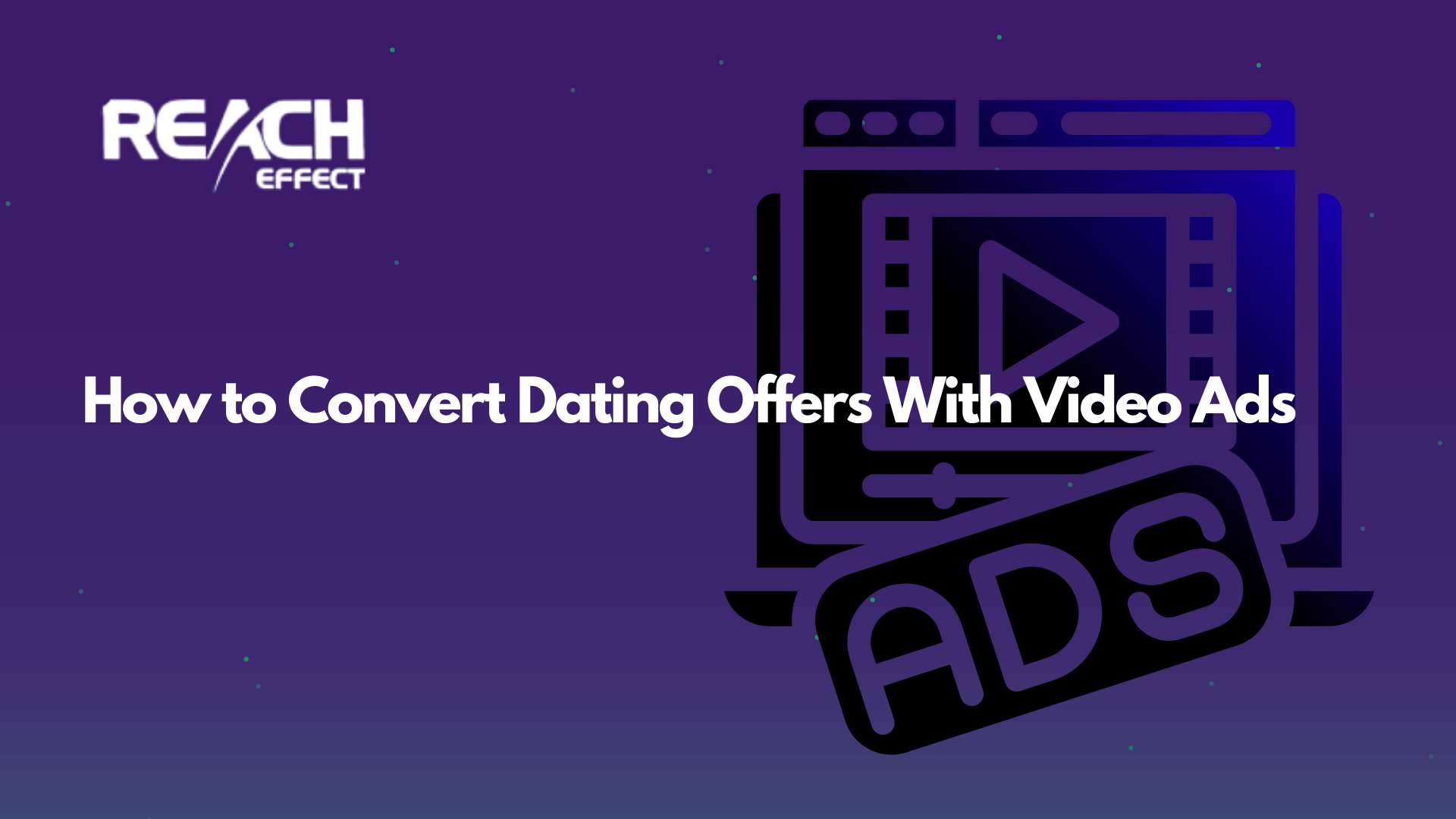Affiliate marketing often uses many metrics (you can find them all on our glossary)
Two of the most cited are click through rate and conversion rate. They sound similar. They measure different steps in the user journey. Knowing what each metric shows helps you choose the right tests and the right goals.
Click through rate or CTR measures interest. It shows how many people click an ad, an email link, or a search result. CTR is clicks divided by impressions. A higher CTR means your copy, creative, or subject line attracted attention.
Conversion rate measures outcomes. It shows how many of those who clicked completed a desired action. That action can be a purchase, a signup, a download, or any goal. Conversion rate is conversions divided by visits or clicks depending on context.
Both metrics matter because affiliate marketing is a funnel. CTR opens the door. Conversion rate decides if people walk through it. A campaign can have a strong CTR and a weak conversion rate. That signals a mismatch between promise and page. A campaign can have a low CTR but a high conversion rate. That signals that the message reaches fewer people but those who click are well matched to the offer.
Why the difference matters for budgets and testing
If you focus only on CTR you may waste ad spend. Many clicks that do not convert still cost money. If your conversion rate is low, increasing CTR without changing the landing page will often lower overall return on ad spend.
If you focus only on conversion rate you may miss scale. A perfect landing page that gets few visitors will not grow revenue. You need enough traffic to test and to scale winning pages and offers.
Most teams should balance both metrics. Run tests that increase CTR and tests that increase conversions. Use one to diagnose the other. For example low CTR but high conversion rate means broaden targeting and keep the same offer. High CTR but low conversion rate means tighten targeting or adjust the landing page.
Practical steps to improve CTR without hurting conversions
- Tighten relevance. Match ad copy or email subject lines closely to the landing page offer. Do not promise more than the landing page delivers.
- Use clear calls to action. Short direct instructions reduce friction.
- Test creative variations. Small creative wins can raise CTR significantly.
- Audience segmentation. Show more compelling messages to better matched audiences.
- Track quality not just quantity. Monitor bounce rates and on page behavior after you increase CTR.
Practical steps to improve conversion rate without killing CTR
- Speed up the landing page. Faster pages keep clicks from bouncing.
- Reduce friction in the form. Ask only for essentials.
- Use social proof and simple trust signals.
- Align the headline and visuals with the ad. Keep the promise consistent.
- Run A B tests on key page elements like headline, hero image, form length, and CTA placement.
How to prioritize experiments
Start with the biggest bottleneck. Run a short audit. Look at CTR, conversion rate, bounce rate, time on page, and cost per conversion. If your CTR is tiny but conversion rate is high, prioritize awareness and creative. If CTR is decent and conversions are low, prioritize landing page and offer.
Make tests measurable. Only change one major element per test. Run tests long enough for statistical confidence but not so long that you delay decisions. Use metrics that matter to revenue and return on ad spend.
Tools and metrics to watch
Use analytics to tie clicks to conversions. Link ad platforms to your analytics tool and your CRM. Track cost per click, cost per acquisition, session behavior, and lifetime value. Those figures show whether changes to CTR or conversion rate actually improve business outcomes.
Common mistakes to avoid
- Chasing higher CTR without checking conversion funnel.
- Making many small changes at once and then being unable to diagnose results.
- Ignoring the quality of traffic when scaling paid channels.
- Optimizing for micro conversions that do not affect revenue.
- Overlooking technical issues like slow pages or broken links that kill conversions quickly.
Conclusion
Click through rate and conversion rate are two sides of the same funnel. CTR measures attention. Conversion rate measures results. Both are important. One without the other leaves gaps. Use simple tests. Measure the full funnel. Focus on metrics that tie to profit. That approach yields steady growth.

